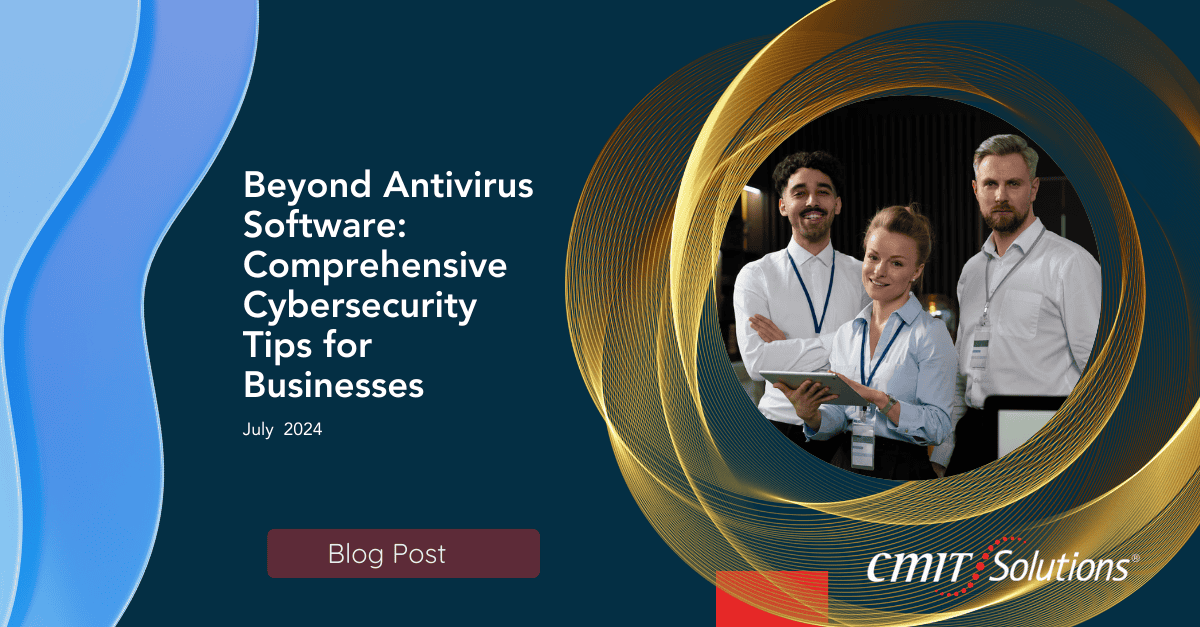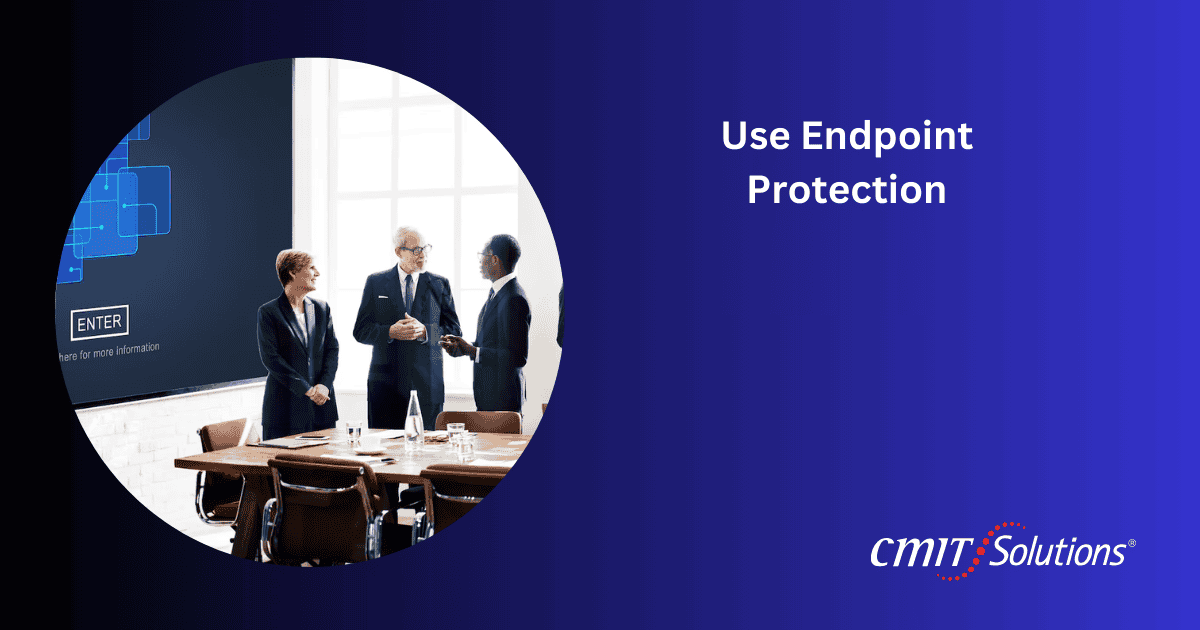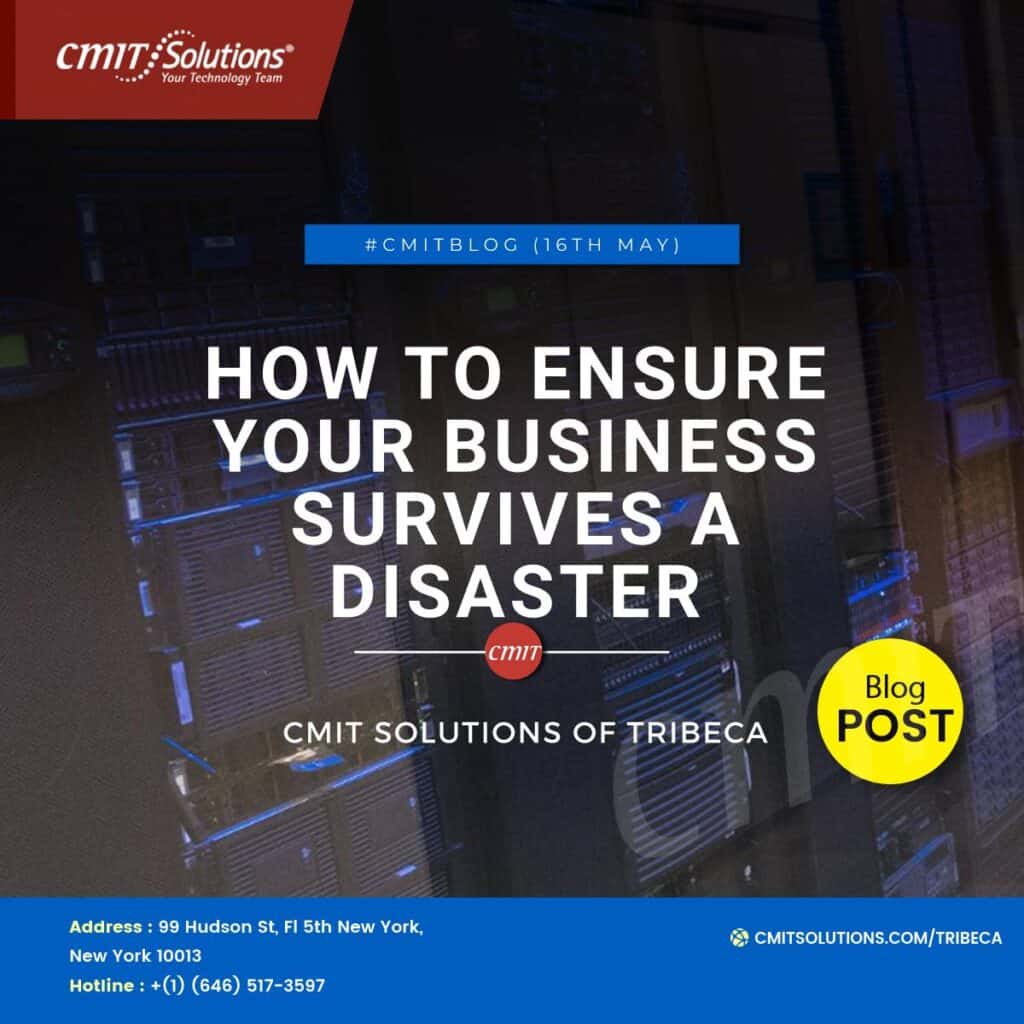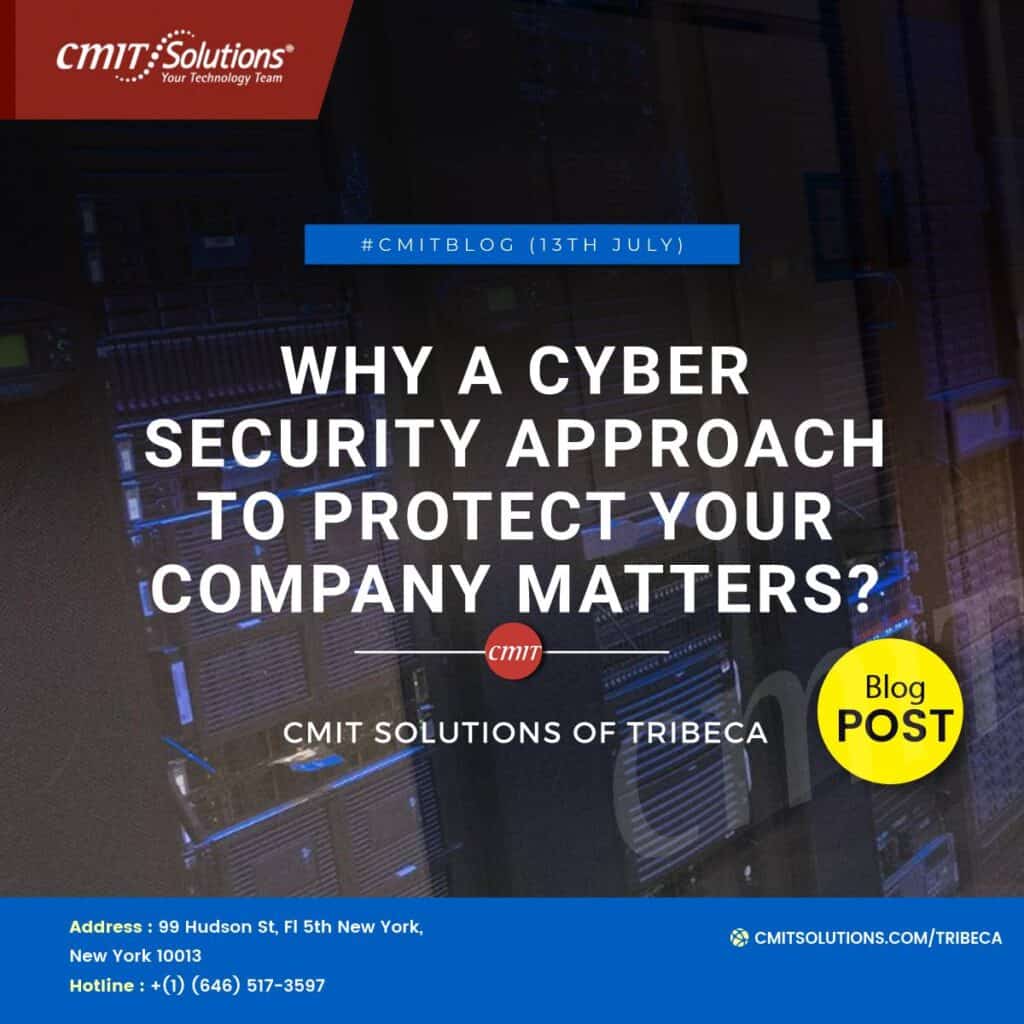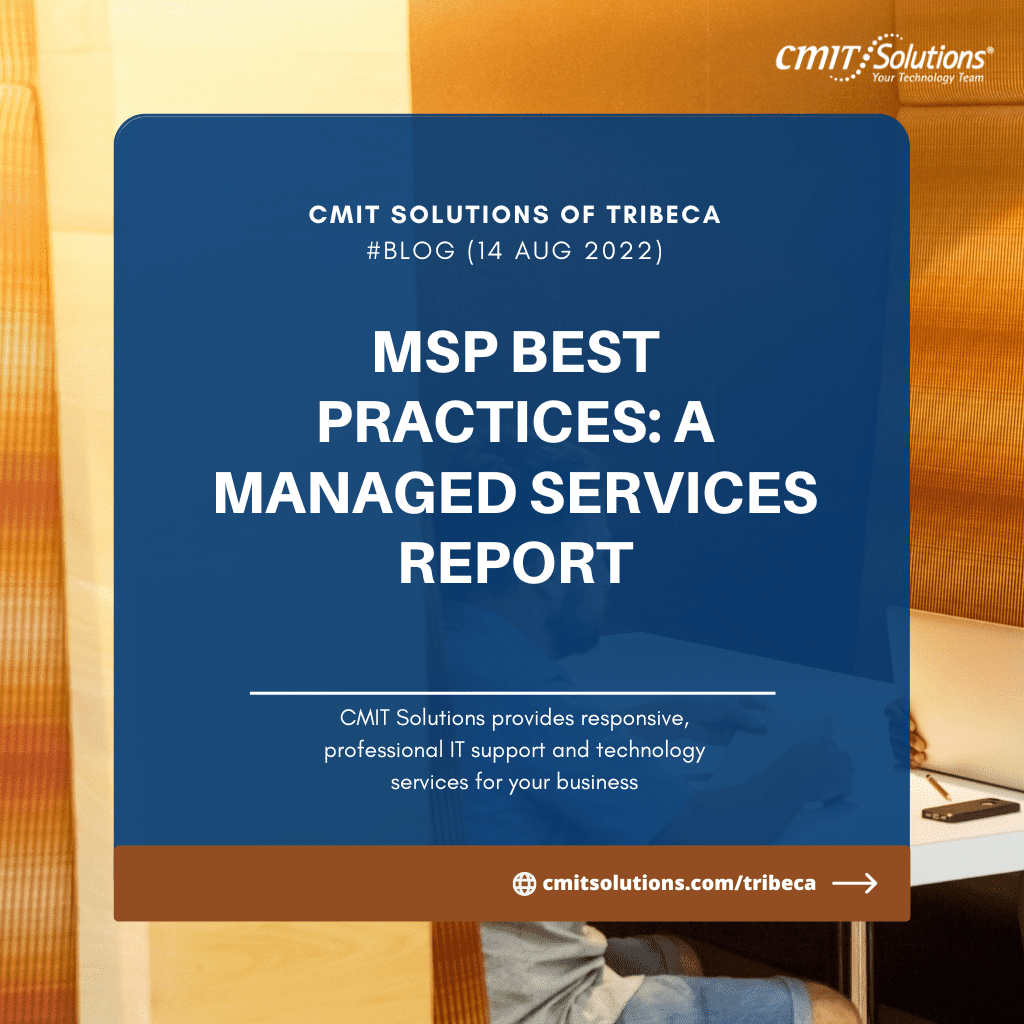In the evolving landscape of cybersecurity, relying solely on antivirus software is no longer sufficient. Cyber threats are becoming more sophisticated, targeting organizations of all sizes and industries. To truly protect your business, you need a multi-faceted approach that addresses various aspects of cybersecurity. Here, we delve into essential tips to bolster your cybersecurity defenses beyond just antivirus solutions.
Implement Multi-Factor Authentication (MFA)
Multi-Factor Authentication (MFA) is a robust security measure that requires users to provide multiple forms of identification before accessing a system. This typically involves something the user knows (password), something the user has (a smartphone or hardware token), and something the user is (biometric verification). MFA significantly reduces the risk of unauthorized access because even if one factor (like a password) is compromised, an attacker would still need the second or third form of authentication to gain entry.
To implement MFA effectively:
- Choose the Right MFA Solution: There are various MFA solutions available, from SMS-based codes to more secure app-based and hardware token systems. Select one that fits your organization’s needs.
- Educate Employees: Ensure that all employees understand the importance of MFA and how to use it correctly.
- Integrate with Existing Systems: Make sure your MFA solution integrates seamlessly with your current systems and applications.
Learn more about securing your systems with our cybersecurity services.
Regularly Update and Patch Systems
Cybercriminals often exploit vulnerabilities in outdated software to gain access to systems. Regularly updating and patching your software closes these security gaps and protects your organization from potential threats. This practice applies to all software, including operating systems, applications, and firmware.
Effective update and patch management includes:
- Automated Updates: Enable automatic updates wherever possible to ensure timely installation of critical patches.
- Patch Management Policies: Develop and enforce patch management policies that dictate how and when updates should be applied.
- Regular Audits: Conduct regular audits to ensure all systems are up-to-date.
For comprehensive patch management, explore our IT support services.
Secure Your Network
Network security involves protecting your data and resources from unauthorized access and cyber threats. This includes implementing firewalls, intrusion detection systems, and encryption protocols.
Key strategies for securing your network:
- Firewalls: Deploy firewalls to monitor and control incoming and outgoing network traffic based on predetermined security rules.
- Intrusion Detection Systems (IDS): Use IDS to detect and respond to potential threats in real-time.
- Network Segmentation: Divide your network into segments to limit the spread of potential attacks.
- Encryption: Encrypt sensitive data in transit and at rest to protect it from unauthorized access.
Our network management services provide comprehensive solutions to keep your network secure.
Backup Your Data Regularly
Data backups are your last line of defense against data loss due to cyberattacks, hardware failures, or natural disasters. Regularly backing up your data ensures that you can quickly recover and resume operations in the event of an incident.
Effective data backup strategies include:
- Automated Backups: Schedule automated backups to ensure they occur regularly without manual intervention.
- Offsite Storage: Store backups in offsite locations or cloud services to protect against physical disasters.
- Encryption: Encrypt your backups to protect sensitive data from unauthorized access.
- Regular Testing: Test your backups regularly to ensure they can be restored successfully.
Learn about our data backup solutions to safeguard your critical information.
Educate Your Employees
Human error is one of the leading causes of cybersecurity breaches. Therefore, educating your employees about cybersecurity best practices is crucial. Regular training sessions can help employees recognize and respond to potential threats, such as phishing attacks.
Key areas of employee education:
- Phishing Awareness: Train employees to recognize phishing emails and avoid clicking on suspicious links or attachments.
- Password Security: Encourage the use of strong, unique passwords and educate employees about the risks of password reuse.
- Incident Reporting: Establish clear protocols for reporting suspected security incidents promptly.
Our productivity applications include tools to enhance your team’s awareness and efficiency.
Use Endpoint Protection
Endpoint protection involves securing all devices that connect to your network, including desktops, laptops, smartphones, and tablets. Each device is a potential entry point for cyber threats, so it’s vital to protect them with comprehensive security measures.
Key components of endpoint protection:
- Antivirus and Anti-Malware: Ensure all devices have up-to-date antivirus and anti-malware software installed.
- Device Management: Use mobile device management (MDM) solutions to enforce security policies on all endpoints.
- Regular Scans: Perform regular security scans to detect and remove any threats.
- Secure Configurations: Ensure that all devices are configured securely, with unnecessary services and ports disabled.
For comprehensive protection, consider our managed services.
Implement Strong Password Policies
Passwords are often the first line of defense against unauthorized access. Implementing strong password policies can significantly enhance your security posture.
Effective password policies include:
- Complexity Requirements: Require passwords to include a mix of uppercase and lowercase letters, numbers, and special characters.
- Regular Changes: Enforce regular password changes to reduce the risk of compromised credentials.
- Password Managers: Encourage the use of password managers to help employees generate and store complex passwords securely.
- Account Lockout: Implement account lockout policies to prevent brute-force attacks.
For more guidance, explore our IT guidance services.
Monitor Your Systems Continuously
Continuous monitoring of your systems allows for the early detection of suspicious activities and potential threats. Automated tools can help identify and respond to incidents in real-time, reducing the impact of a breach.
Key elements of continuous monitoring:
- Security Information and Event Management (SIEM): Use SIEM solutions to collect and analyze security data from across your network.
- Intrusion Detection Systems (IDS): Deploy IDS to monitor network traffic for signs of malicious activity.
- Regular Audits: Conduct regular security audits to identify and address vulnerabilities.
Learn more about our cloud services and how they can support continuous monitoring.
Ensure Compliance with Regulations
Staying compliant with industry regulations and standards not only helps you avoid fines but also enhances your security posture. Regulations such as GDPR, HIPAA, and PCI DSS have specific requirements for protecting sensitive data.
Steps to ensure compliance:
- Understand Requirements: Familiarize yourself with the regulations applicable to your industry.
- Implement Controls: Put the necessary security controls in place to meet regulatory requirements.
- Regular Audits: Conduct regular compliance audits to ensure ongoing adherence.
- Documentation: Maintain thorough documentation of your compliance efforts.
Our compliance services can help you navigate the complex landscape of cybersecurity regulations.
Plan for Incident Response
Having an incident response plan in place ensures that your organization can quickly and effectively respond to security breaches. This plan should include steps for identifying, containing, and recovering from incidents, minimizing the impact on your operations.
Key components of an incident response plan:
- Preparation: Develop and document your incident response procedures.
- Detection and Analysis: Implement tools and processes to detect and analyze security incidents.
- Containment, Eradication, and Recovery: Establish protocols for containing the incident, eradicating the threat, and recovering affected systems.
- Post-Incident Review: Conduct a post-incident review to identify lessons learned and improve your response plan.
Discover how our managed services packages can support your incident response strategy.
Conclusion
In today’s rapidly evolving cybersecurity landscape, a comprehensive approach is essential to protect your business from threats. By implementing these advanced cybersecurity tips, you can significantly enhance your organization’s defenses and ensure the safety of your data and systems. For more information on how CMIT Tribeca can support your cybersecurity needs, visit our homepage. Protecting your business is our priority, and we are here to help you every step of the way.

